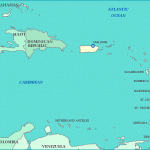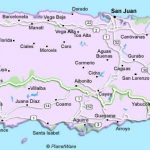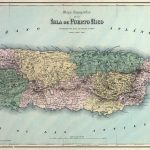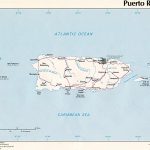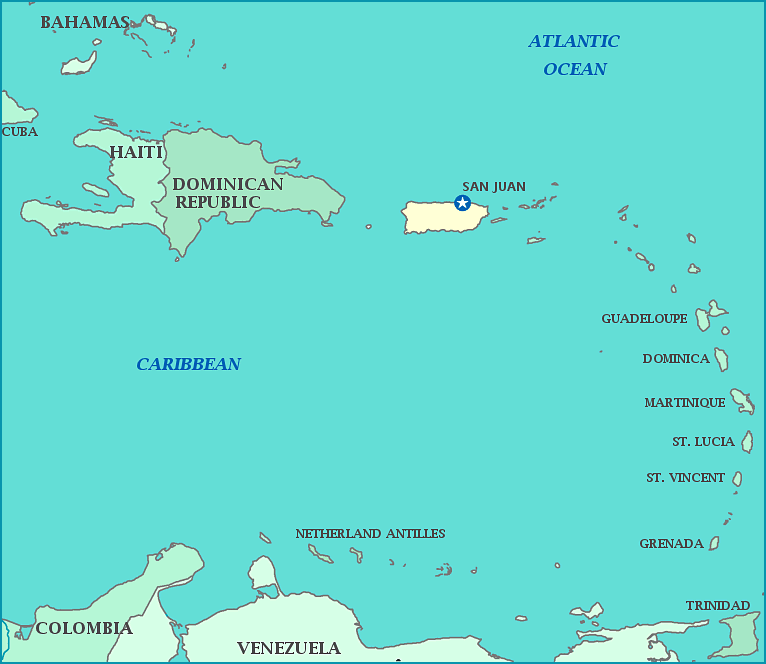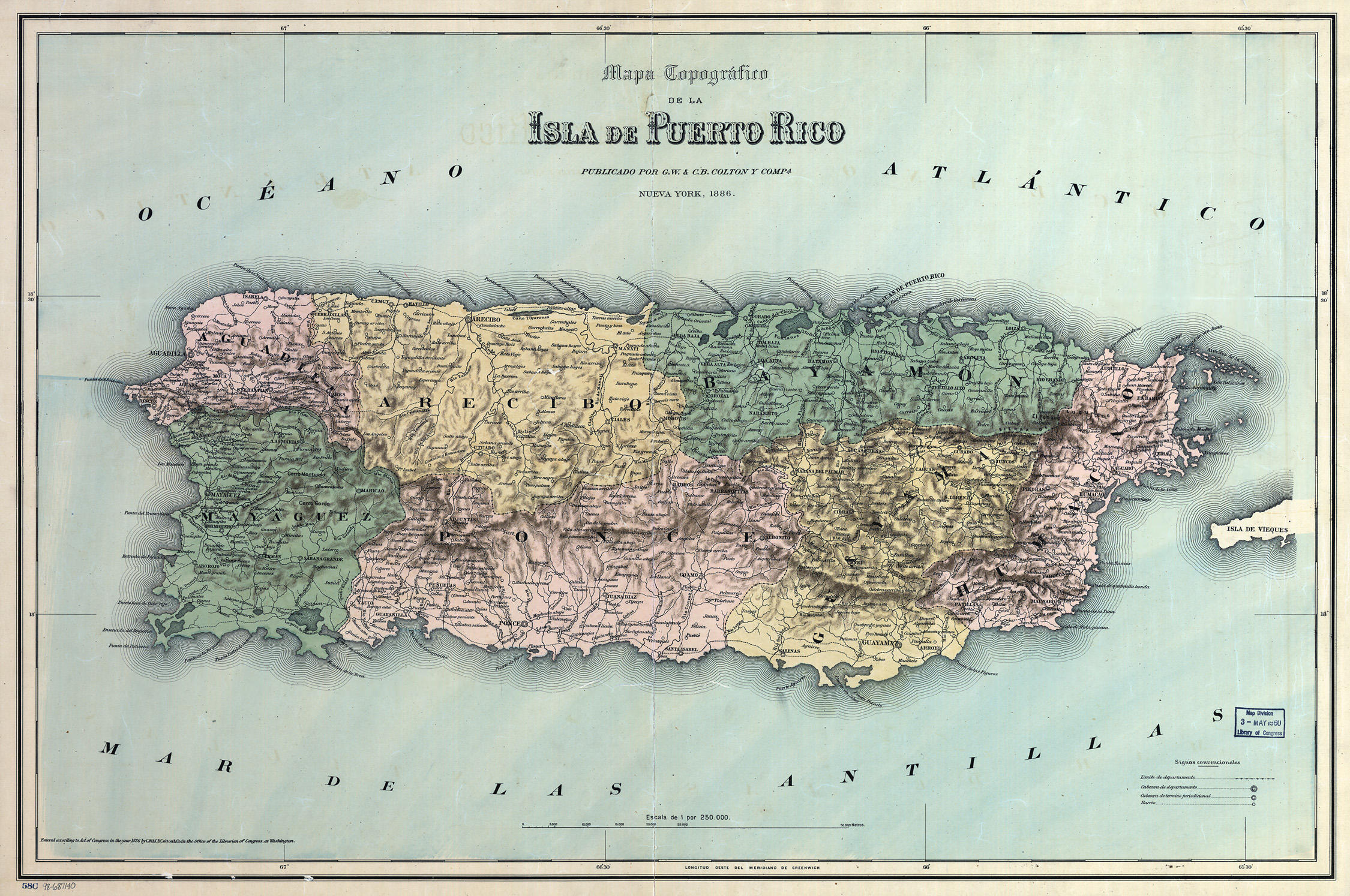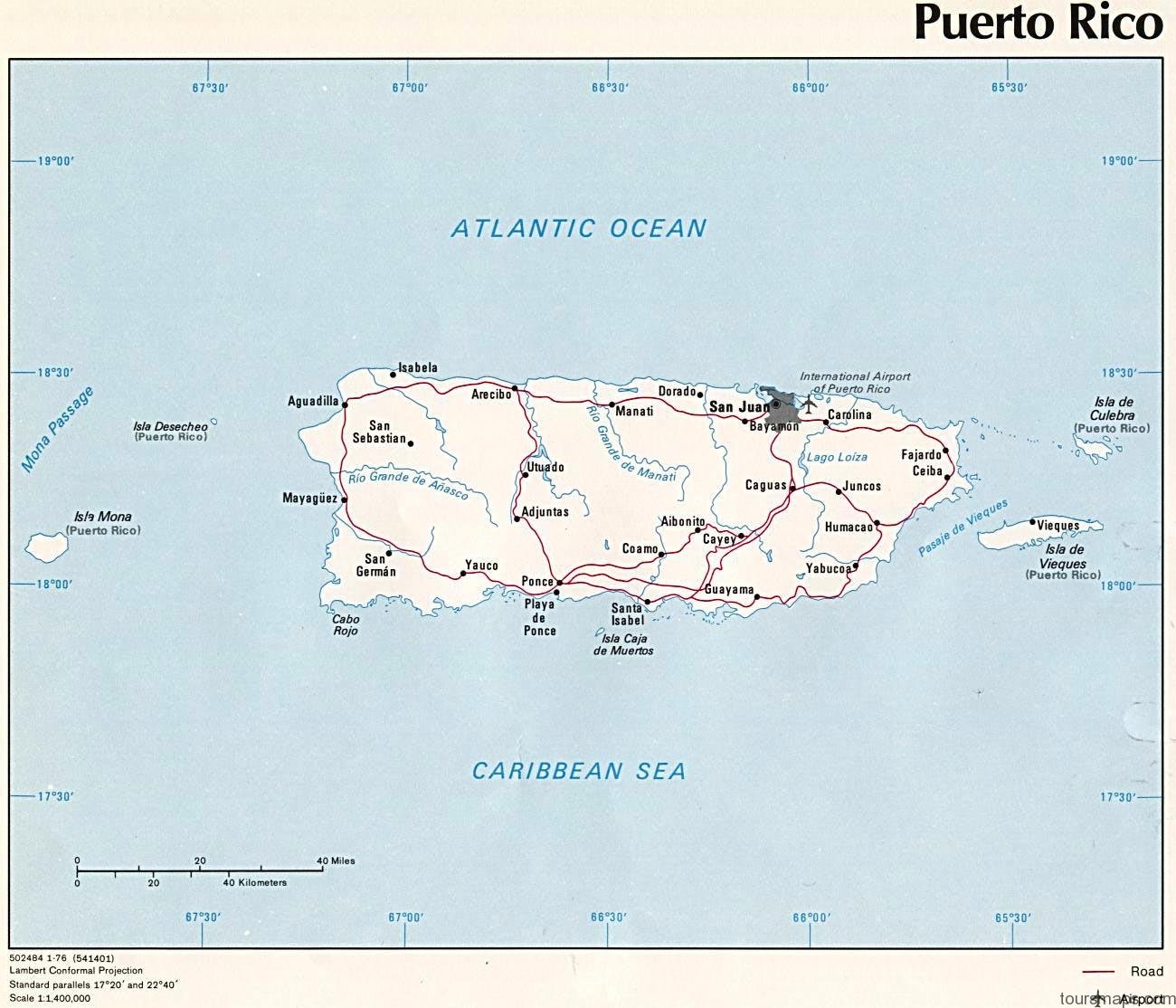As one of the first areas of the New World to be discovered by Spain, Puerto Rico has a long and complex colonial history. Christopher Columbus’s
party landed on the shores of Burenquen (or Borinken), as its native inhabitants called it, on November 18, 1493, during his second voyage in search of a
western route to Asia.
At the time, the central Caribbean island was home to an estimated 70,000 Tainos, whose sedentary, agriculturally oriented society was organized around
cacicatos or chiefdoms. Their immediate ancestors were the Arawak-speaking peoples of northern South America, who began settling the Caribbean
archipelago some 500 years prior to the arrival of the Europeans.
Claiming the island for the Spanish Crown, the Europeans named it San Juan Bautista (Saint John the Baptist). Later, it was renamed Puerto Rico or
Rich Port, in the mistaken belief that it contained vast quantities of mineral wealth.
In 1505, Vicente Yan©z Pinz³n, captain of the Ni±a, one of the three caravels that accompanied Columbus on his first voyage to the Americas, secured a
capitulaci³n or agreement to undertake the colonization of Puerto Rico. However, the prospects of acquiring additional fame and riches elsewhere
consumed most of his energies. He sent only a shipment of goats and pigs in preparation for a future settlement before his contract expired. Not much
later, Juan Ponce de Le³n, who gained royal benefaction by successfully putting down a native uprising at nearby Hispaniola (today the Dominican
Republic and Haiti), began the Spanish colonization of the island.
Christopher Columbus landed on Puerto Rico on his second voyage to the New World in November 1493 and claimed the island for Spain. Natives called
it Borinqu©n; Columbus dubbed it San Juan Bautista. This map dates to 1599. (Royal Commonwealth Society, London, United Kingdom/Bridgeman Art
Library)
Ponce de Le³n landed on the southwestern coast of Puerto Rico in 1508. From the start, the Spaniards sought out the Borinque±os for their knowledge
of the island, especially for information about potential sources of gold. Relations quickly soured as the Iberians established repartimientos and
encomiendas, dividing up the natives among themselves in order to expedite their conversion to Christianity and assure a steady supply of workers. Led
by the cacique Agueyban the Brave, the Taino rebelled against their oppressors in 1511 but failed to dislodge them. The subsequent destruction of their
ecological base of survival coupled with forced labor, epidemics, warfare, and deculturation all but decimated the native inhabitants. Despite the
demographic catastrophe, the southwestern villa of San Germn reported some 2,000 Indians at the start of the nineteenth century.
In the absence of indigenous workers, the Spaniards stepped up their requests for licencias or royal permits for importing the more sturdy Africans.
Available figures show that enslaved Africans comprised the bulk of the island’s work force as early as 1530. Over 6,000 were imported to Puerto Rico
between 1540 and 1600 to work in military installations, private homes, alluvial mining, pearl fisheries, and haciendas or agricultural estates. Along with
the Iberians and Amerindians, the Wolofs, Mandingas, Fulas, Fantis, Ashantis, Yorubas, and Congolese, among other African ethnic groups, also
contributed significantly to Puerto Rico’s multiethnic makeup.
Following the exhaustion of Puerto Rico’s placer deposits, shortages of capital and labor crippled the colonial economy. The number of sugar mills in
operation, for instance, shrank from eleven in 1582 to seven in the 1630s. Faced with declining fortunes, many of the resident Iberian colonists fled hastily
to Mexico and Peru, hoping to start anew in the mainland mineral enclaves. Their exodus almost depopulated the island, which, by about 1650, was
effectively on the fringes of Spanish exploration, trade, and immigration in the Americas. In fact, relatively few Spanish colonists immigrated to the
Hispanic Caribbean between 1600 and the last third of the eighteenth century.
In 1700, Puerto Rico possessed an estimated 6,000 inhabitants, although it is likely that countless escaped slaves, illegal traders, castaways, and pirates
eluded census takers by taking up residence on the periphery of Spanish colonial control. After the Bourbons came into power in Spain in 1701, the
Spanish Crown became increasingly concerned about the scanty population, military weaknesses, and impoverished economic conditions in the Hispanic
Caribbean. Although the region had been a political liability and a drain on the royal coffers, requiring annual subsidies from the treasury of New Spain,
the Crown considered it a key strategic link in the imperial order. The Bourbons gradually restored Spanish authority in Puerto Rico during the second half
of the eighteenth century by revamping its defenses, congregating the dispersed population into towns, encouraging immigration (including slave trading),
redistributing land among commercial farmers, fostering the production of cash crops, and promoting commerce.
As a result of these changes, Puerto Rico’s population swelled from about 45,000 in 1765 to 136,000 in 1794. During the same interval, the number of
enslaved Africans tripled from 5,037 to 17,508. These developments helped set the stage for Puerto Rico’s gradual transition from a military post and
penal colony of subsistence farmers to a leading exporter of tropical staples, especially sugar and coffee, in the next century.
Jorge L. Chinea
See also: Caribbean (Chronology); Ponce de Le³n, Juan; Slavery, Caribbean; Spanish Colonies on Mainland North America
(Chronology).
Bibliography
Carri³n, Arturo Morales, ed. Puerto Rico: A Cultural and Political History. New York: W. W. Norton, 1983.
L³pez, Adalberto, ed. The Puerto Ricans: Their History, Culture, and Society. Rochester, VT: Schenkman, 1980.
Monge, Jos© Tras. Puerto Rico: The Trials of the Oldest Colony in the World. New Haven, CT: Yale University Press, 1997.
Puerto Rico Maps Photo Gallery
Maybe You Like Them Too
- Top 10 Islands You Can Buy
- Top 10 Underrated Asian Cities 2023
- Top 10 Reasons Upsizing Will Be a Huge Travel Trend
- Top 10 Scuba Diving Destinations
- The Best Cities To Visit in The World

